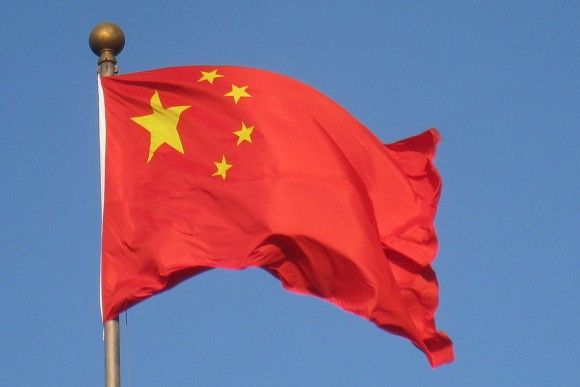Two LNG Terminals And New Gas Storage Facilities – Gazprom Reinforces The Kaliningrad Area
The issue related to getting a natural gas source within the Kaliningrad region, that would be independent from the Minsk-Vilnius- Kaunas-Kaliningrad pipeline (output of which reaches 2.4 billion cubic meters), is one of the most important tasks which has been delegated to Gazprom by the Kremlin, in the light of the more and more intense confrontation between Moscow and the West.
The activities undertaken by the Gazprom company are going to include three, interrelated initiatives:
Firstly, creation of underground gas storage facilities within the territory of the exclave. The Kaliningrad PMG Project described above is to secure a storage space of 800 cubic meters of gas. Yearly gas consumption within the Kaliningrad Oblast reaches ca. 2.1 billion cubic meters. The initiative is realized with the use of own technological potential by the Lengazspetsstroy company belonging to the Rotenberg brothers who, at the same time, are maintaining their membership in the Russian elites.
The second element of the Gazprom activities would emerge in a form of a Floating Storage & Regasification Unit (FSRU) which is going to be used in order to receive the LNG. The vessel is to be stationed in the Kaliningrad Oblast. According to the information published by Gazprom, the FSRU is going to be manufactured (and the technology of condensation is going to be delivered) by the Hyundai Heavy Industries company, the same company which created a similar floating terminal for the Lithuanians. The FSRU is to facilitate regasification (reception) of 2.7 billion cubic meters of the resource. Cost of execution of the contract is officially going to constitute an amount of USD 294.7 million. The deadline for execution has been set as 2017.
Last, but not least, the diversification of the Kaliningrad gas supply is going to be realized by an element which, out of the three, is the most technologically advanced – a stationary LNG terminal which is to be erected in the Ust-Luga area, within the Leningrad Oblast. The facility mentioned above is to make it possible to condense 7.2 billion cubic meters of gas, with expansion possibilities up to the capabilities of 10.8 billion cubic meters. The LNG processed there would be exported to the target markets. Cost of erecting the facility is estimated at the level of USD 18 billion. The terminal is to be connected to the Unified Gas Supply System (similarly as it happened in case of the Nord Stream pipeline). Shell company or some Japanese subjects (Mitsubishi) would become the Gazprom’s partner in implementation of the investment.
How should we assess the chances within the scope of introduction of the new gas strategy pursued by the Kremlin?
Underground gas storage facilities have been under construction for a few years now. Some of them are already operational. Despite their official role, i.e. provision of an independent energy source, should a crisis involving Lithuania emerge, part of the facilities is located directly next to the Minsk-Vilnius-Kaunas-Kaliningrad pipeline. According to the information released by Lengazspetsstroy, the storage space is going to be connected with the main pipeline. In other words – the infrastructure may serve a dual purpose
This means that it is not certain whether the FSRU would be created. The “minimum” variant pursued by the Kremlin, should such course of events be the case, would mean that gas would still be transferred through the territory of Lithuania, and that, at the same time, the gas storage would be filled, should a crisis arise. The final decisions regarding construction of the LNG Terminal, which would process the gas coming from the external markets, are probably going to be considered in the light of the financial factor. Gazprom, theoretically, possesses capabilities of paying for the contract signed with Hyunday, however one cannot exclude a scenario in which the tender would be terminated and replaced with a new one. Such decision would make it possible to delay the deadlines for another couple of years.
Most probably the LNG Terminal will be erected in the Ust-Luga area due to the investment costs and the need of selecting the foreign partner. It is worth stressing that even though Shell is the most probable choice here, the company did not carry out any negotiations with Gazprom during the Petersburg economic forum – and this did not go unnoticed by the media. Another significant issue stems from the fact that the LNG supplies for the Kaliningrad Oblast may be realized from the external markets or via the Russian Jamal LNG initiative, owned by the Novatek company. Thus, Gazprom, by realizing the Kremlin’s guidelines pertaining the exclave, needs to erect the facility in the Ust-Luga area. What is more, the expected expansion of Nord Stream makes such investment highly questionable. The terminal was to make it possible to redirect the Russian gas transit from Ukraine, due to the low transfer capacity of the existing pipelines.



